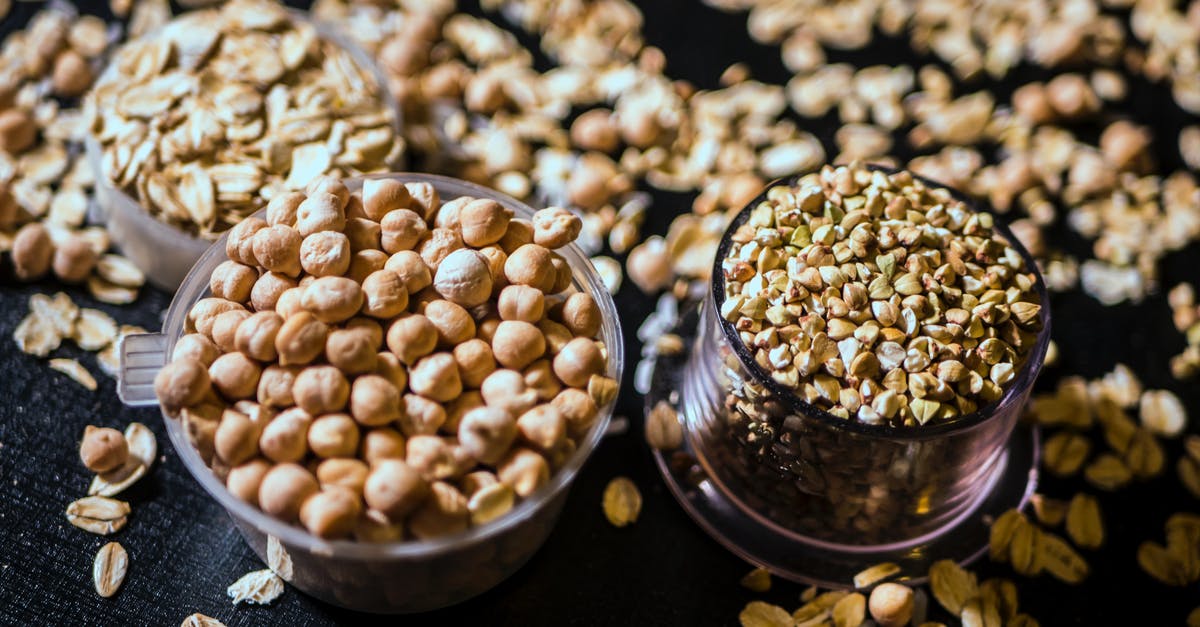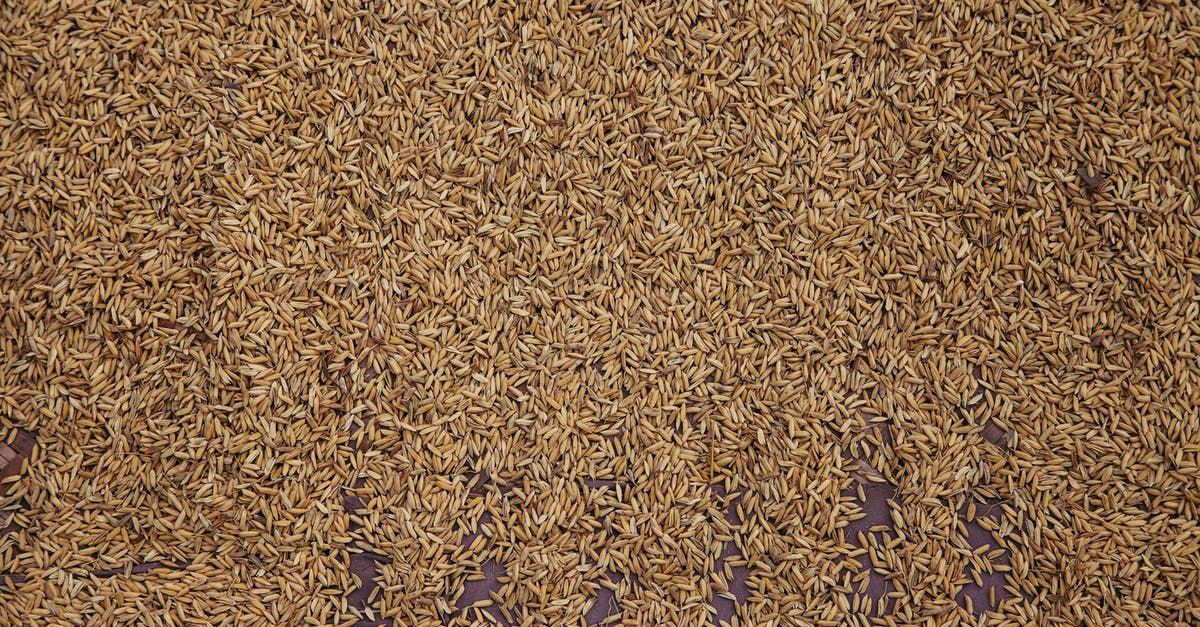What is the "grain" in 45 grain brown rice vinegar?

I'm completely lost as to the meaning of "grain" in 45 grain brown rice vinegar. What does the grain number mean?
Best Answer
Grain is a measurement of the acidity of the vinegar. It is the acidity percentage multiplied by 10, so 45 grain vinegar would be 4.5% acidity.
Pictures about "What is the "grain" in 45 grain brown rice vinegar?"



What does grain mean in vinegar?
The amount of concentration of the vinegar is indicated by the grain strength, or grainage. In the U.S., the grain strength is calculated as 10 times the acid content expressed as acetic acid (i.e. 60 grain vinegar = 6% acetic acid and 120 grain = 12% acetic acid).What does 100 grain vinegar mean?
Grain White Distilled Vinegar (100 to 150 grain) is the product obtained from the acetous fermentation of dilute distilled ethanol obtained from corn, adjusted with water to the specified strength. This product is has a colorless to slight amber appearance, is practically clear, and free from cloudiness.How to Make Brown Rice in the Instant Pot (Recipe) 美味しい玄米の炊き方(圧力鍋) (レシピ)
More answers regarding what is the "grain" in 45 grain brown rice vinegar?
Answer 2
Just an addition with some boring math ...
Grain is also a weight unit (64.8mg) based on the average weight of a barley grain. If you add 10 grains (.648g) of barley to a fluid ounce (28.4g) of water and assume that the barley contains 2/3 of fermentable starch (at least close enough for a rough estimate), you will end up with 0.286g of acetic acid dissolved in 28.4g of water if the ethanol and vinegar fermentation completes. This is very close to a 1% solution.
Answer 3
-- converted from the comments regarding the origin of grain: --
It's possible the term 'grain' comes from Malt Vinegar which was traditionally made in England from barley (the grain). The 'grain' number likely referred to amount of grain in the vat of work (water plus grain) which resulted in higher acidity.
Acetic acid (main acid in vinegar) is produced by fermentation of ethanol which is produced by fermentation of starch/sugars which is the starting point of the process.
Therefore the maximum acidity of a given batch is predetermined by the starting amount of sugar/starch in the grain. And if the grain is uniform, it can be used as a unit.
Sources: Stack Exchange - This article follows the attribution requirements of Stack Exchange and is licensed under CC BY-SA 3.0.
Images: Mike, Shuxuan Cao, Polina Tankilevitch, FWStudio
